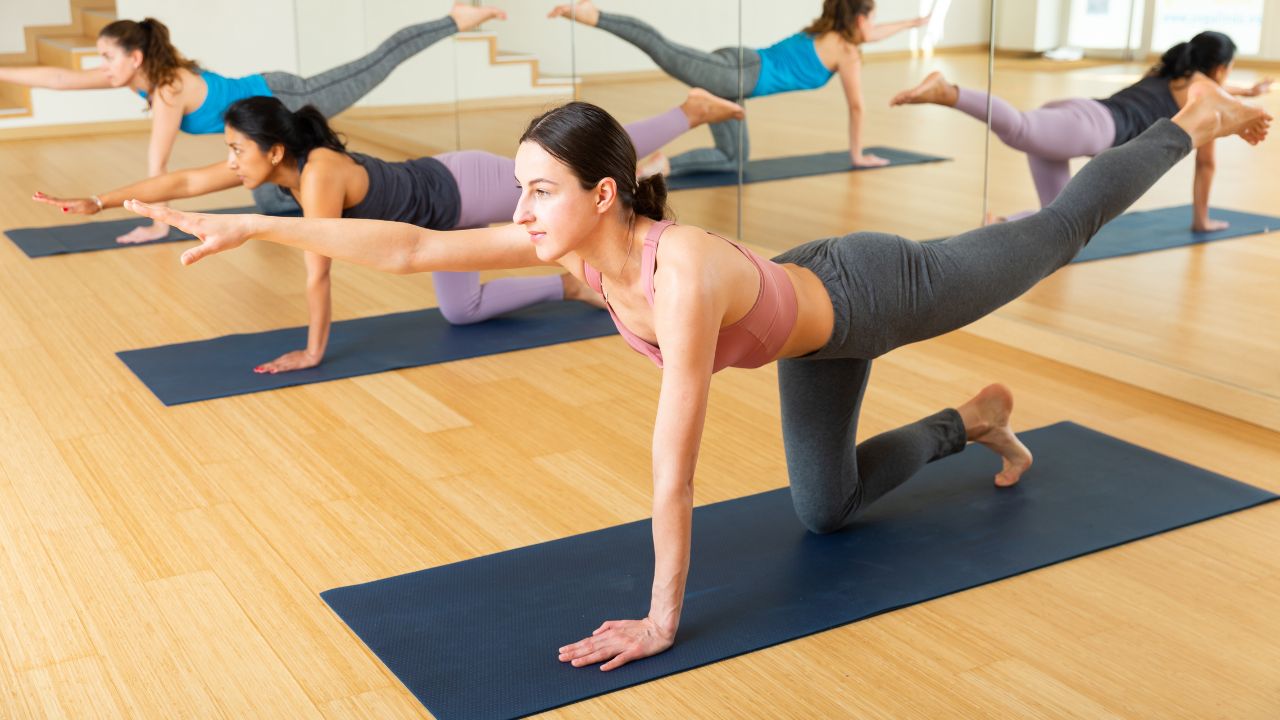
Understanding Balance and Coordination
Balance and coordination are essential aspects of physical fitness that enable us to perform everyday activities with ease and grace. Balance refers to the ability to maintain a stable posture while standing, walking, or performing any other movement. Coordination, on the other hand, is the ability to use different parts of the body together smoothly and efficiently. Improving balance and coordination can enhance overall physical performance, reduce the risk of injuries, and contribute to a better quality of life.
Developing Stability and Proprioception
To improve balance and coordination, it is crucial to focus on developing stability and proprioception. Stability refers to the ability to maintain a steady position or movement, even when faced with external forces or disturbances. Proprioception, also known as kinesthetic awareness, is the sense of the relative position of one's own body parts and the strength of effort being employed in movement. Engaging in exercises that challenge stability and proprioception can help improve balance and coordination over time.
Incorporating Flexibility and Agility Training
Flexibility and agility are key components of balance and coordination. Flexibility refers to the range of motion of the joints and the ability to move the body through a full range of motion. Agility, on the other hand, is the ability to change direction quickly and efficiently. Incorporating flexibility and agility training into your exercise routine can help improve balance and coordination by enhancing the body's ability to adapt to different movements and situations.
Practicing Balance-Specific Exercises
To specifically target balance, it is important to incorporate balance-specific exercises into your training regimen. These exercises can include single-leg stands, heel-to-toe walks, and balance board training. Practicing these exercises regularly can help improve balance by challenging the body's ability to maintain stability and control. It is important to start with simple exercises and gradually progress to more challenging ones as balance improves.
Engaging in Coordination-Focused Activities
Improving coordination requires engaging in activities that challenge the body to work together in a synchronized manner. Activities such as dancing, martial arts, and sports that require hand-eye coordination can be excellent ways to improve coordination. These activities require the body to perform complex movements that involve multiple muscle groups working together, which can help improve overall coordination over time.
Incorporating Strength Training
Strength training is another important aspect of improving balance and coordination. Building strength in the muscles that support the body's movements can help improve stability and control. Incorporating exercises that target the core, legs, and upper body can help improve overall strength and contribute to better balance and coordination.
Staying Consistent and Patient
Improving balance and coordination takes time and consistency. It is important to incorporate balance and coordination training into your regular exercise routine and to stay patient with the process. Consistent practice and gradual progression can lead to significant improvements in balance and coordination over time.
Seeking Professional Guidance
If you are new to balance and coordination training or have any underlying health conditions that may affect your ability to perform certain exercises, it is important to seek professional guidance. A qualified fitness professional or physical therapist can help design a safe and effective training program that is tailored to your individual needs and goals.
Conclusion
Improving balance and coordination is an important aspect of overall physical fitness that can enhance performance, reduce the risk of injuries, and contribute to a better quality of life. By focusing on developing stability, proprioception, flexibility, and agility, incorporating balance-specific exercises and coordination-focused activities, and staying consistent with training, individuals can make significant improvements in their balance and coordination over time. With patience, dedication, and the right approach, anyone can improve their balance and coordination and enjoy the many benefits that come with it.
 Mobility trainingHome Fitness RecoverySports Injury PreventionPersonal Physical TherapyOrthopedic SolutionsPrivacy PolicyTerms And Conditions
Mobility trainingHome Fitness RecoverySports Injury PreventionPersonal Physical TherapyOrthopedic SolutionsPrivacy PolicyTerms And Conditions
